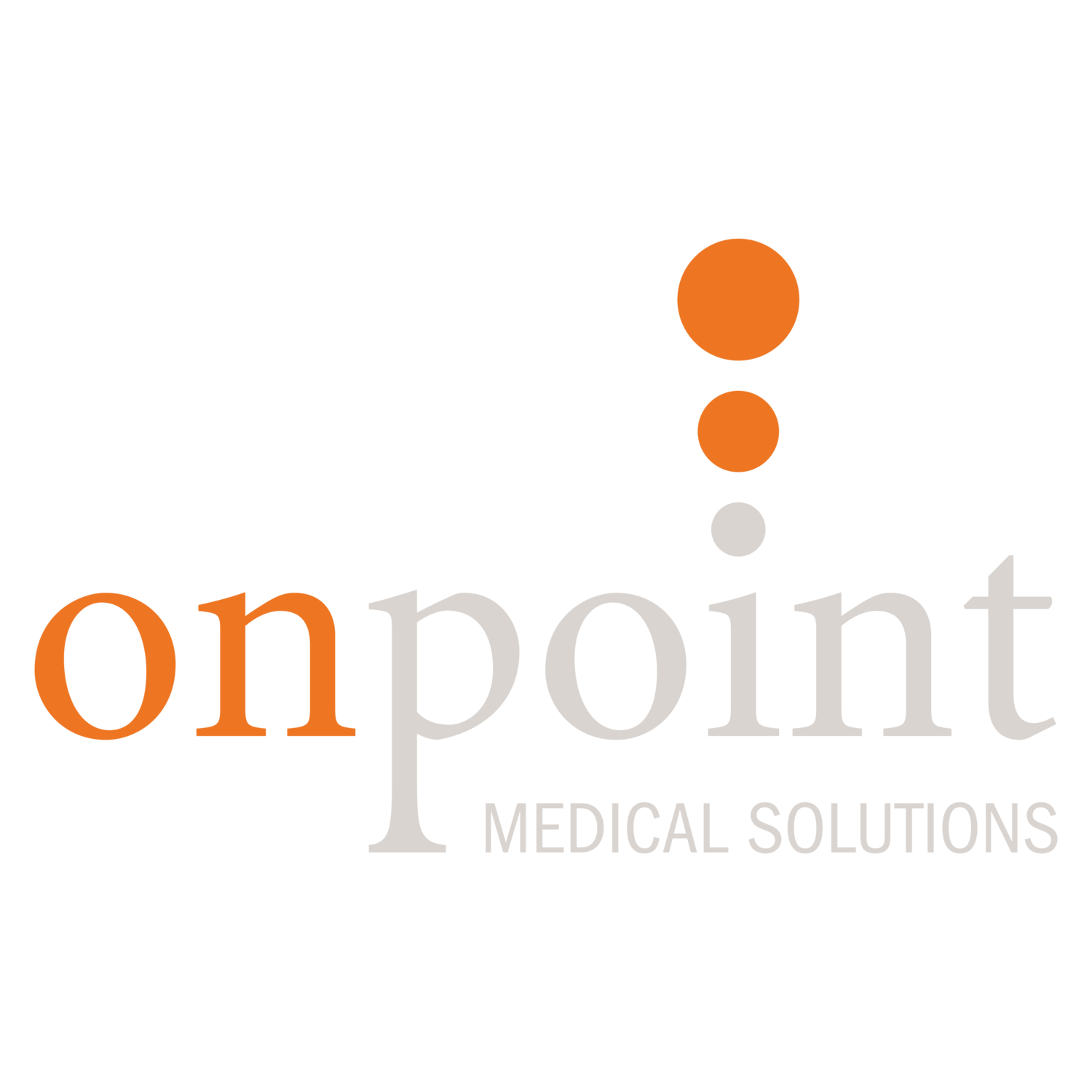How to Choose a Stable Medical Practice Platform
One of the most important — and frequently misunderstood — investments a private practice can make is in software to run the business. From patient engagement to electronic health records (EHR) and practice management (PM), you must choose the software that best fits your staff and patients.
Many providers fall into common traps: choosing low-cost software or paying a premium for unnecessary features. If you want satisfied patients and a sustainable business, you need a stable platform and the right partner to best utilize it.
If the Price is Right…
Free or low-cost software options are tempting for budget-conscious practices — but the trade-offs are substantial.
Low-cost software may offer slick interfaces but often fail to integrate with billing, collections, scheduling systems and more. This lack of interoperability forces teams to rely on manual processes, redundant data entry and error-prone workarounds.
The result?
Inefficiencies build
Denials go unaddressed
Revenue slips through the cracks
Saving money upfront could have negative consequences down the road in lost productivity, staff burnout and missed reimbursement opportunities.
Don’t Be Tempted to Over-Invest
Other practices buy into high-end software platforms with dazzling bells and whistles. Advanced dashboards, AI integrations, patient engagement widgets and futuristic workflows — these tools look impressive but often sit unused.
Most small to mid-sized practices don’t have the time, IT resources or training infrastructure to implement and manage complex software features. Providers and staff may end up using only a small fraction of what they paid for, while still dealing with clunky user experiences or steep learning curves.
Don’t be tempted by over-investing in sophisticated software that doesn’t align with your team’s day-to-day needs.
Stability, Simplicity and Scalability
What’s the smart approach? Practices need software that strikes a balance of affordability, intuition and growth potential. The ideal solution is:
User-friendly: Staff can get up and running quickly without extensive training.
Interoperable: The EHR, PM, billing and other tools talk to each other to ensure smooth workflows.
Data-driven: Reporting is accessible and actionable.
Scalable: The platform grows with your patient volume and services.
Invest in platforms that meet your real needs. More importantly, find an outsourced medical billing service and revenue cycle management (RCM) provider that can best implement these platforms.
Where Onpoint Comes In
Onpoint Medical Solutions understands that private practices need more than just software — they need results. We are your trusted partner who can harness the potential of AdvancedMD Practice Management software, a high-quality and reliable platform that streamlines RCM and supports long-term practice growth.
Let us help you move beyond the extremes and build a smarter, more sustainable practice.
References
https://www.ama-assn.org/practice-management/claims-processing/how-select-practice-management-system
https://www.businessnewsdaily.com/8578-choosing-an-ehr-system-for-your-medical-practice.html
https://www.hippocrate.org/blog/our-news-1/post/what-is-medical-practice-management-software-8

